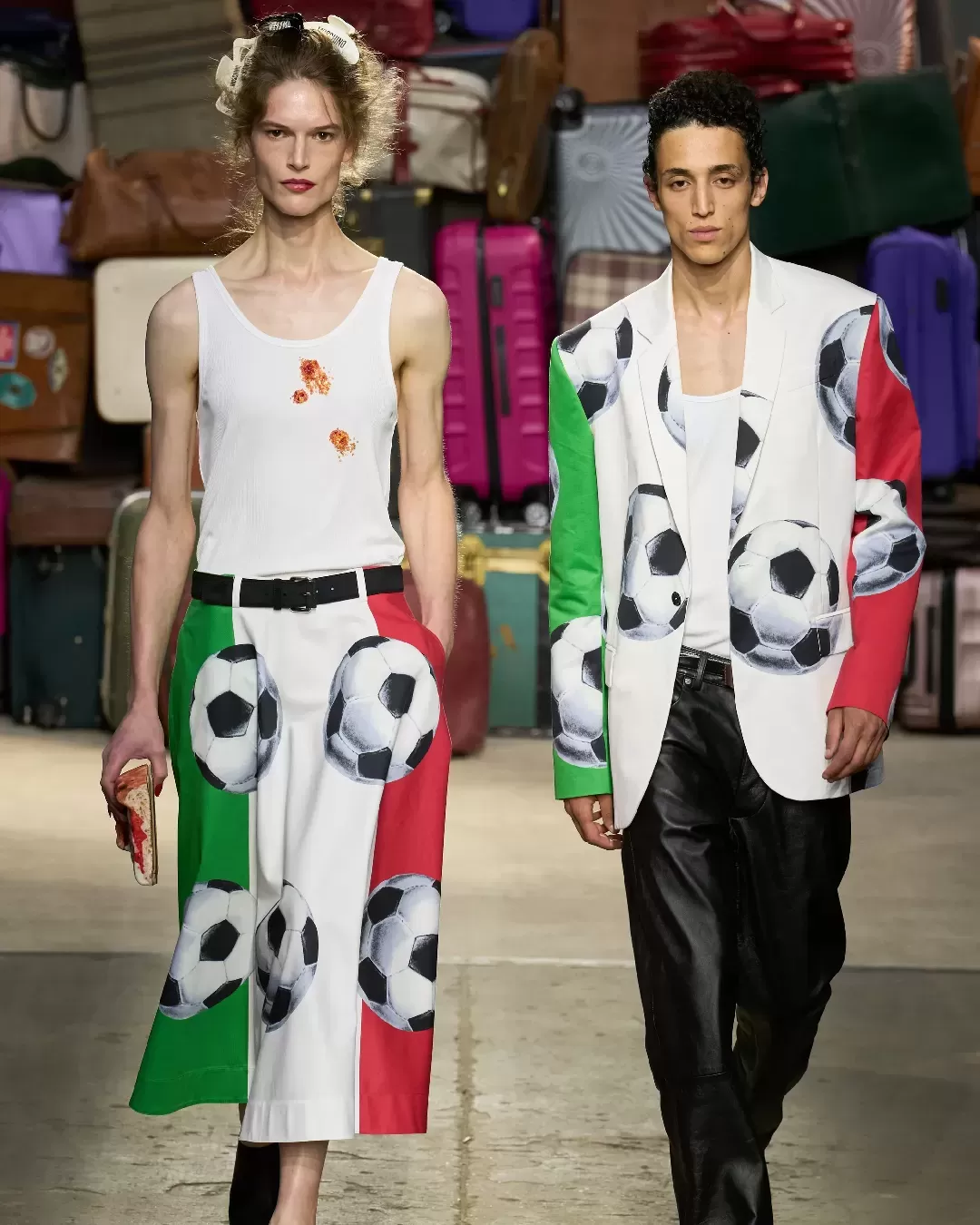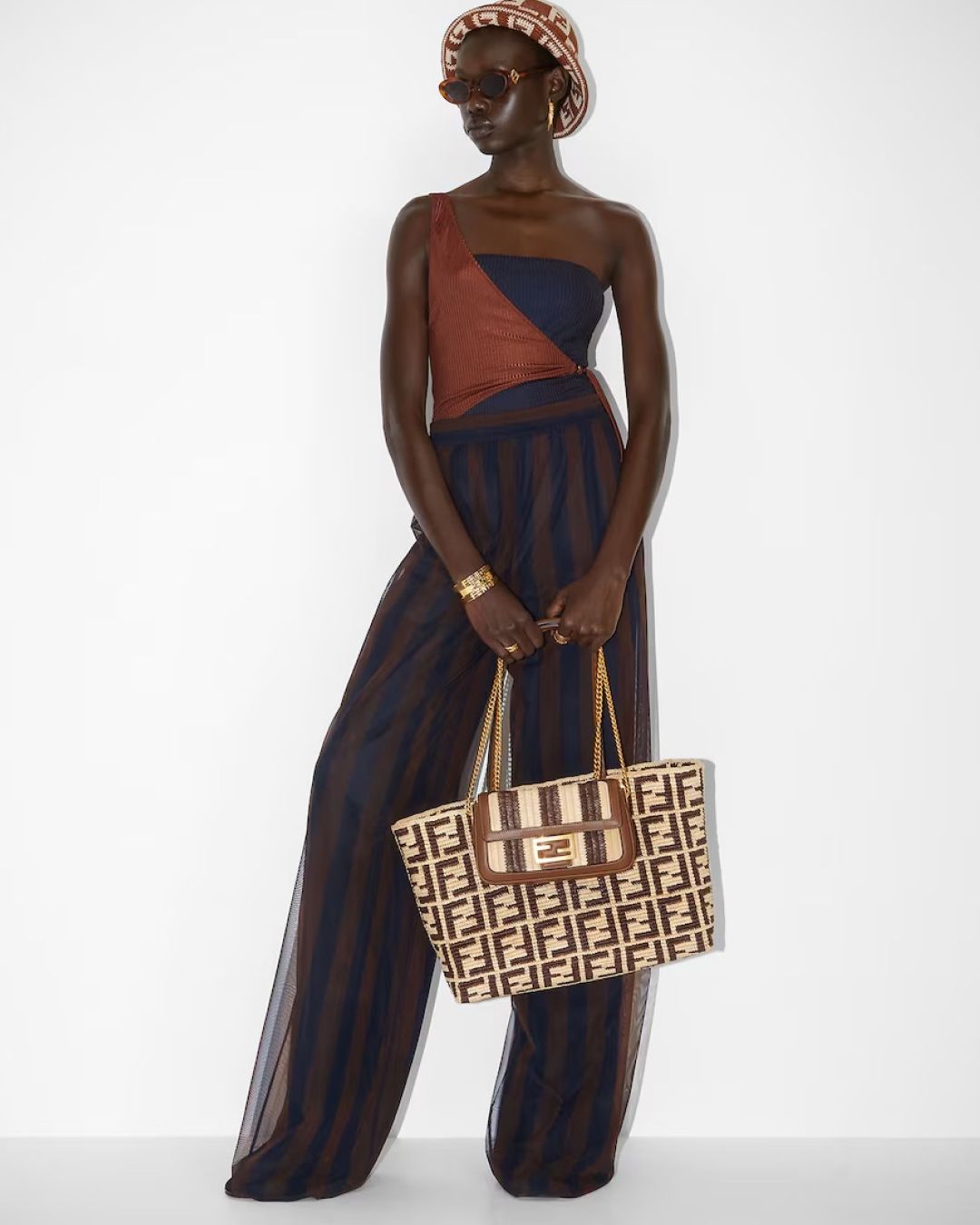
Is economic dependence on China scaring European brands? A recent G7 meeting raised the issue.
After a meeting held in Nigata, Japan, later in the week, leaders of the G7 countries announced a new partnership named RISE (an acronym for Resilient and Inclusive Supply-chain Enhancement) to strengthen the resilience of global supply chains after years of heightened geopolitical tensions between Western countries, Russia and China that, since the lockdown, have created numerous disruptions to global supply chains as well as many economic losses. Among the various issues are geopolitical tensions in Taiwan, the Uighur issue in Xinjiang, tech security problems but also China's refusal to distance itself from Russia over the war in Ukraine. While not naming specific countries, the agreement, which involves countries in North America, Western Europe and Japan, would seem to aim to strengthen the collective bloc against Russia and reduce economic dependence on China by effectively authorizing the practice of friendshoring, that is, the gradual diversion of supply chains to more politically and economically "safe" countries, i.e., to one's geopolitical allies. This new policy could have strong repercussions on the fashion industry, since Chinese production plays a crucial role for it - according to BoF about half of the fabric used in the fashion industry comes from China. But how realistic is it to implement it? And is it worth it for companies and luxury group to antagonize the Chinese government? Of course, the process is neither natural nor immediate.
@pffueiojk59xfg High quality shoes from China factory
original sound - shoe party
Today, China is the world's largest supplier of raw materials, the world's largest exporter of apparel, and plays an integral role in maintaining complex global supply chains-not to mention how the Chinese market represents a real lifeline for the livelihood of many brands. Some companies, however, have already taken steps to free themselves commercially from the country. Levi's, for example, has reduced production in China from 16 percent in 2017 to 1-2 percent in 2019. Industry leaders, however, while recognizing the need to diversify supply chains, have opted for extremely cautious policies and strategies given how tense relations between China and the U.S. have further complicated the performance of a global market increasingly characterized by volatility, uncertainty, complexity, and ambiguity. Against this backdrop, many fashion industry managers predict that supply chain disruptions will be a major factor affecting global economic growth in 2023, as also highlighted in the report The State of Fashion 2023 signed by BoF and McKinsey. The report also reveals that nearly two-thirds of fashion executives are considering the creation of specific manufacturing hubs dedicated to meeting demand in the U.S. and European markets. Some fashion companies have already begun implementing strategies to diversify their supply chains. Hugo Boss, for example, has increased its production in countries such as Turkey and Poland. VF Corp, the one of Supreme and The North Face for short, on the other hand, would like to produce in the regions where its products are consumed, for example, doubling its production of 500,000 pairs of Timberland shoes in Portugal and partnering with its Mexican suppliers to produce 300,000 pairs of Vans.
“A combination of supply chain chaos, higher costs and concerns about working conditions is forcing some western fashion brands to rethink their decades-old dependence on factories in China.” https://t.co/KNv7NN9U3l
— Sari Arho Havrén (@SariArhoHavren) February 18, 2023
But diversifying is not easy: Southeast Asian countries, South Korea and Japan, but also Latin American markets, Mexico in the lead appear to be less equipped for mass production or less cost-effective. However, in other countries such as those in Africa, which represent emerging manufacturing hubs, issues of political instability and lack of preparedness for global-scale production need to be addressed-two recent cases highlighted by BoF are Ethiopia and Kenya. Even countries such as Brazil, South Africa and India, often considered the best potential long-term alternative to China, are not perfectly aligned vis-à-vis Russia regarding the war in Ukraine-not to mention the challenges in terms of logistics, infrastructure and ports that these countries still face that China has already largely solved instead.
A paradoxical effect of friendshoring then comes into play in this scenario. Countries like Vietnam, which find themselves having to produce more, are forced to increase imports of textiles, materials or components from China strengthening the bond between the two countries rather than countering Beijing's influence. As a result, many fashion companies choose to maintain ties with China but expand production elsewhere. It is clear that diversifying the supply chain does not mean breaking the trade relationship altogether - which would be catastrophic for all parties involved. Which, by the way, was emphasized by U.S. Treasury Secretary Janet Yellen, who recently remarked on the deep integration between the Chinese and American economies. And even as China claims to be in favor of a healthy and mutually beneficial relationship with the U.S., numerous industry groups have urged the U.S. and Europe to enter into parallel trade pacts with other nations to ensure greater stability should current and controllable geopolitical tensions precipitate for whatever reason. But it is still clear that these agreements cannot be rediscussed in a few days - there is still a long way to go.















































